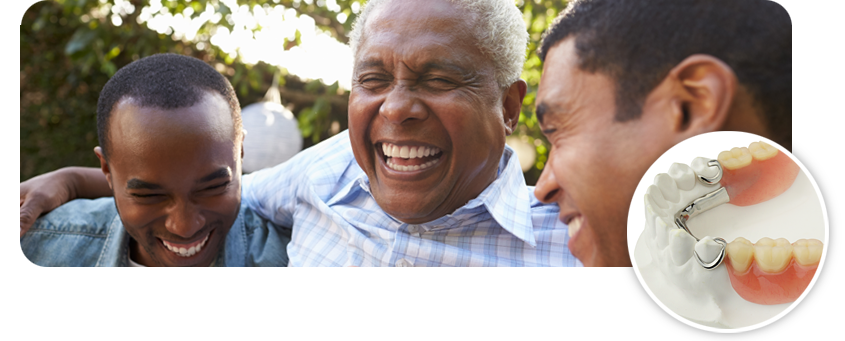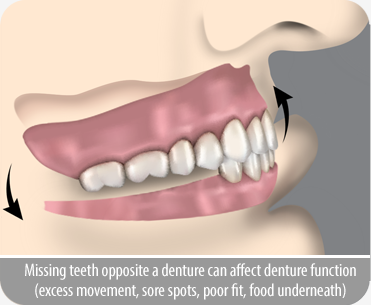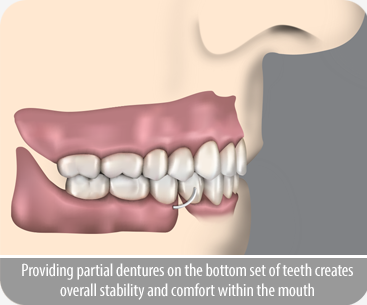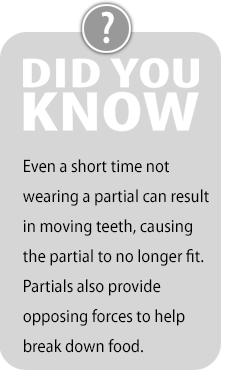Partial Dentures
There are 4 main treatment options for patients who are only missing some of their natural teeth. Partial Dentures are one option and are made using the Standard or Complex method.
No Treatment
This is always an option but not recommended
Acrylic (Temporary or Flipper) Partial
Denture acrylic is molded to fit around existing teeth
Thermal Plastic Framework (Valplast) Partial
A soft thermal plastic using thermal clasps on teeth
Metal Framework Partial
Denture acrylic is molded around a metal framework which supports the denture
Partials vs Implant Retained Partials
These disadvantages worsen as the body ages. As the fit of the denture changes and uneven pressure increases on the anchor teeth, the risk of losing these teeth becomes greater. This in turn creates more bone loss.




